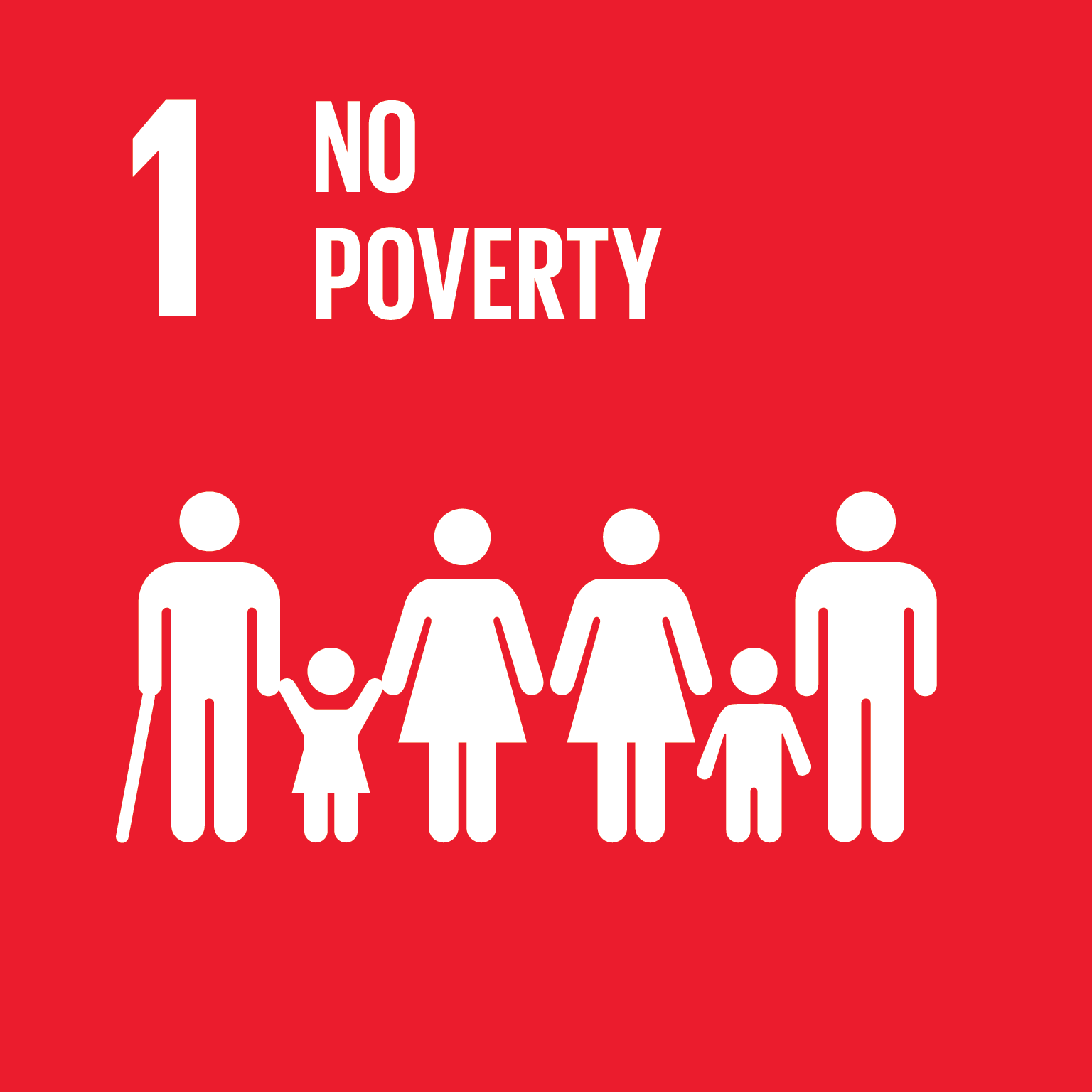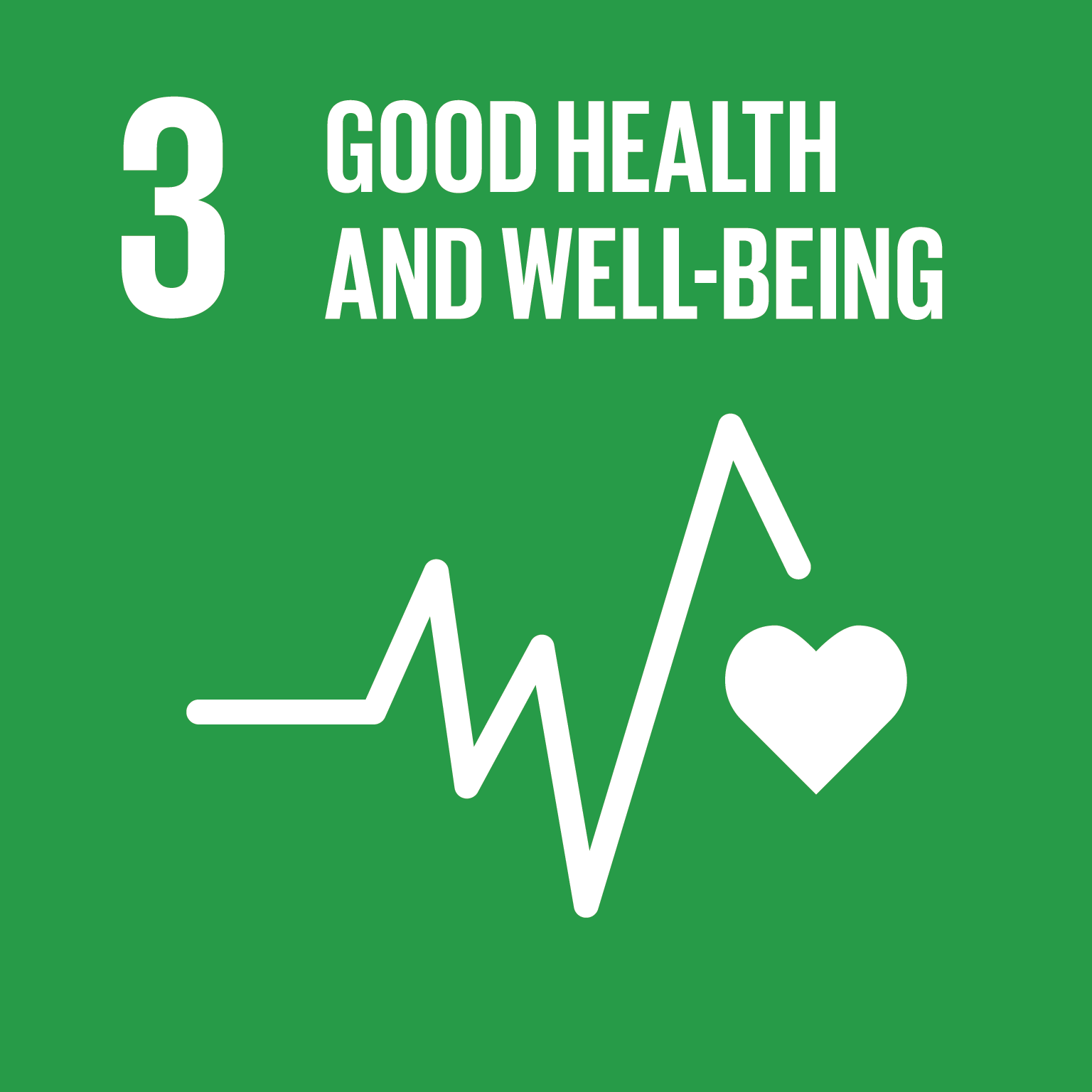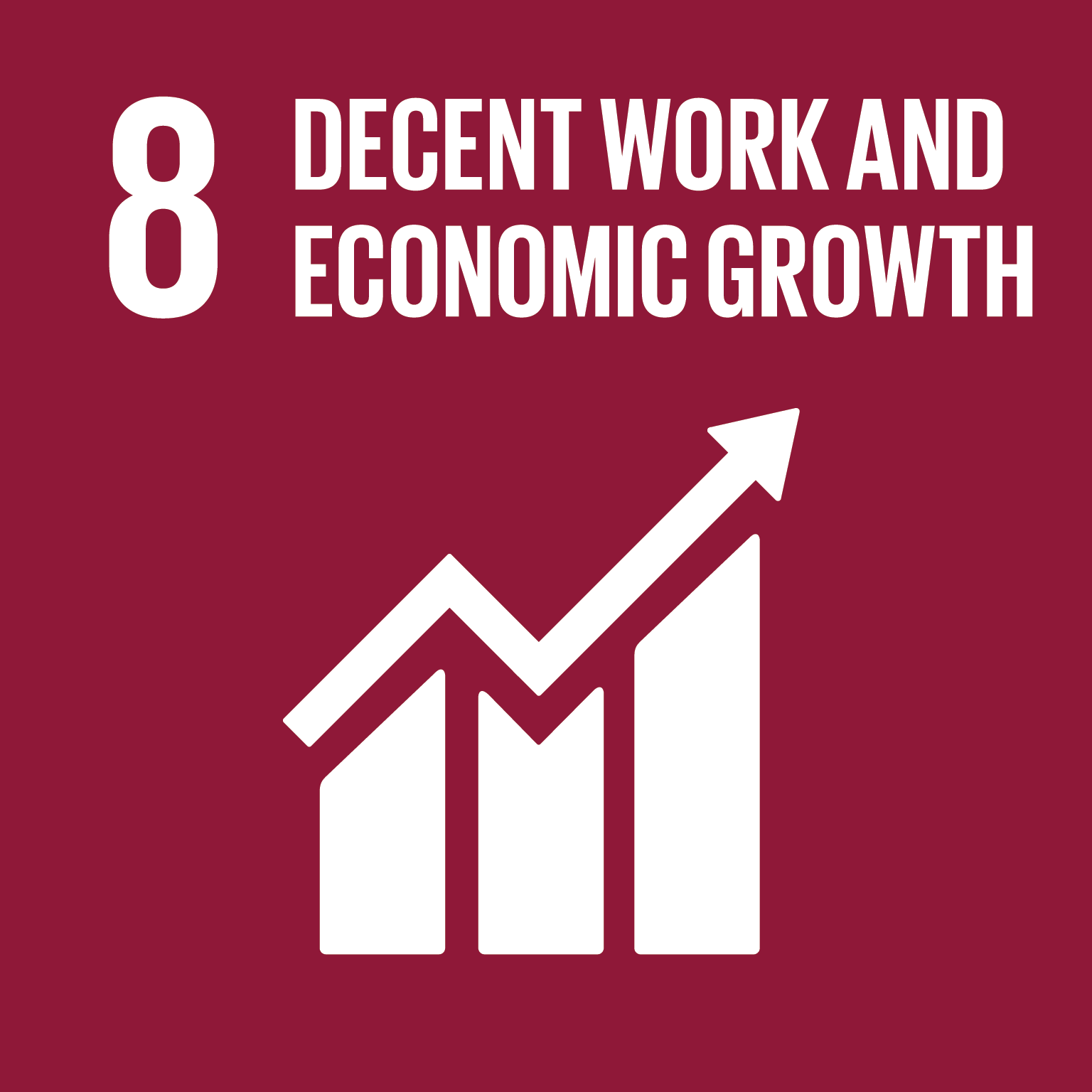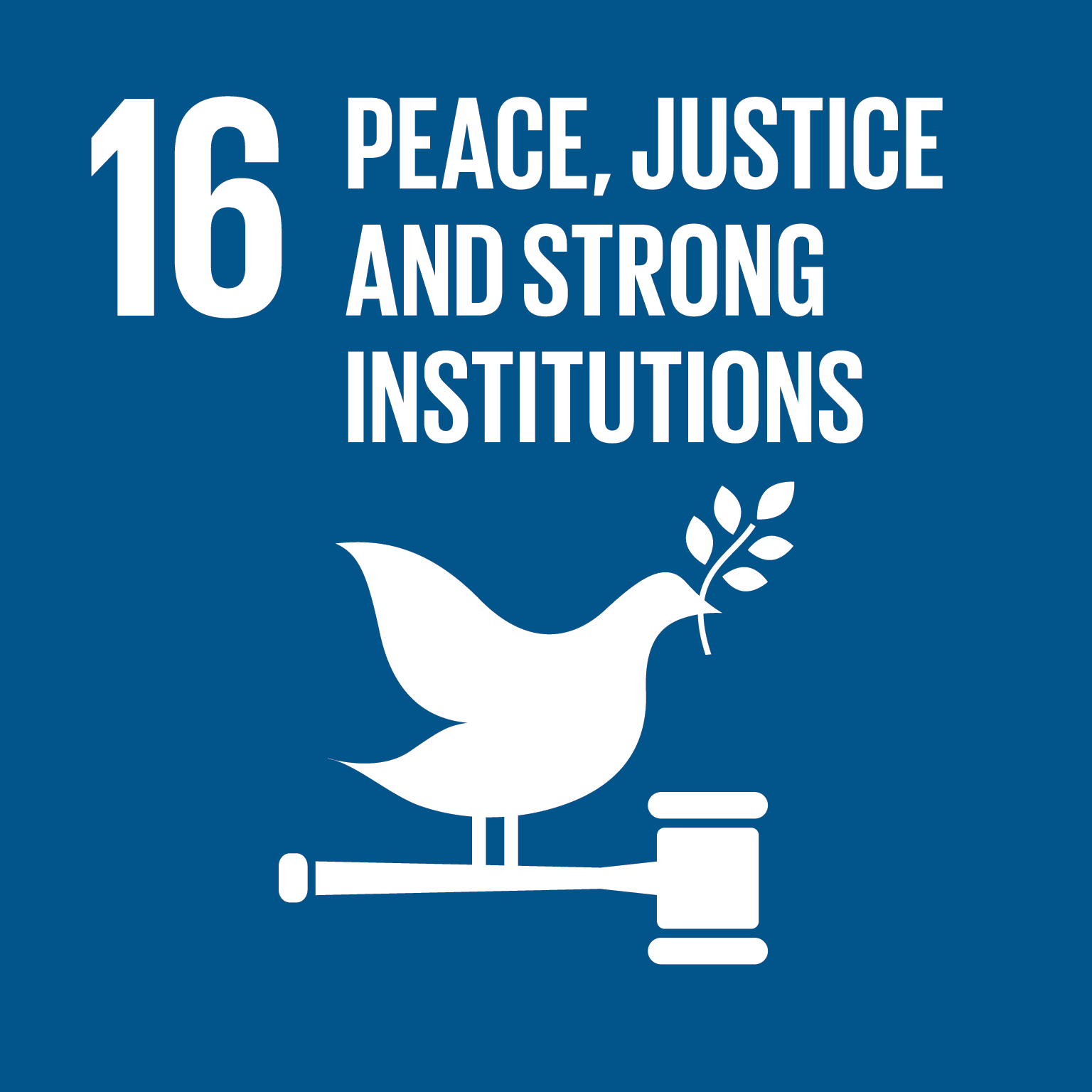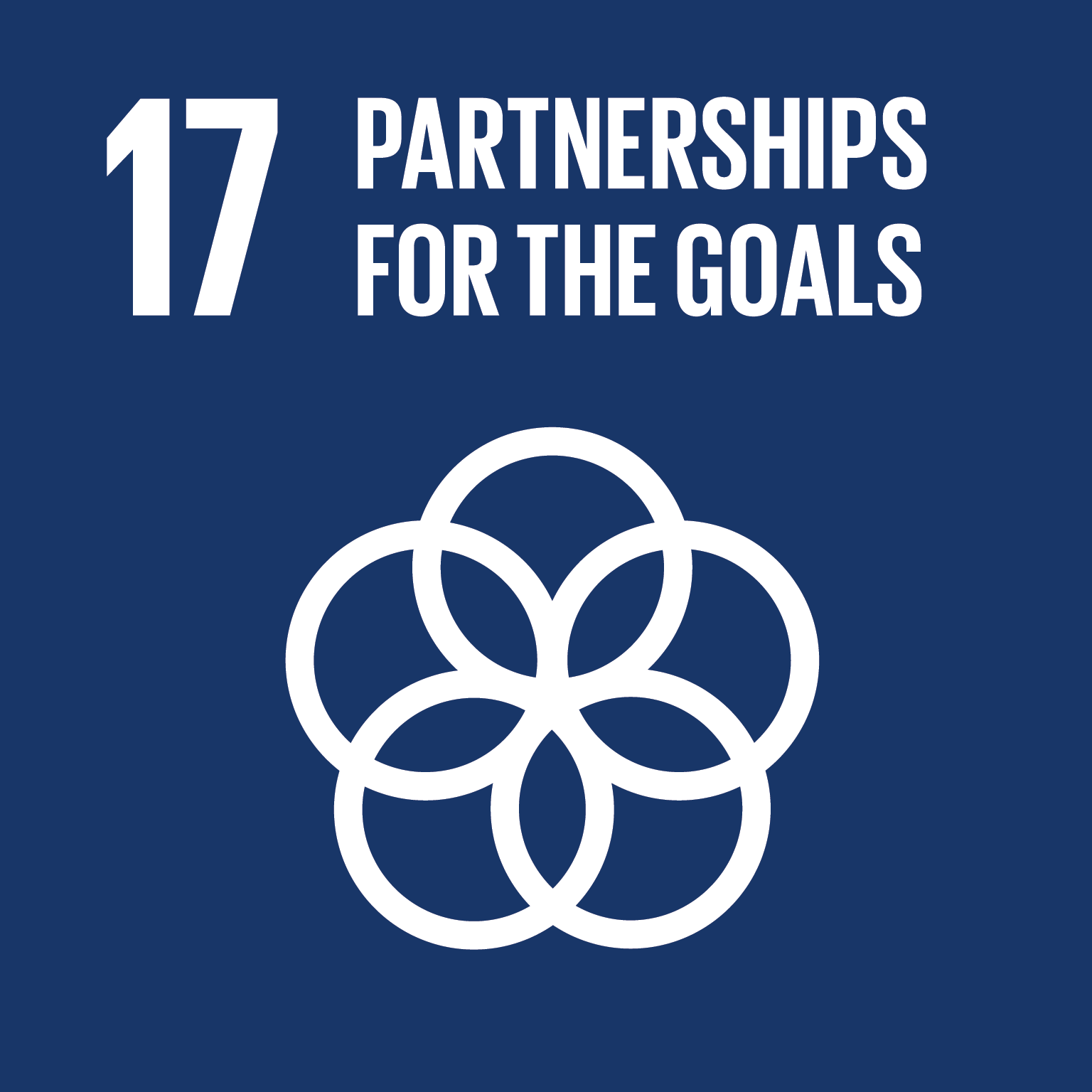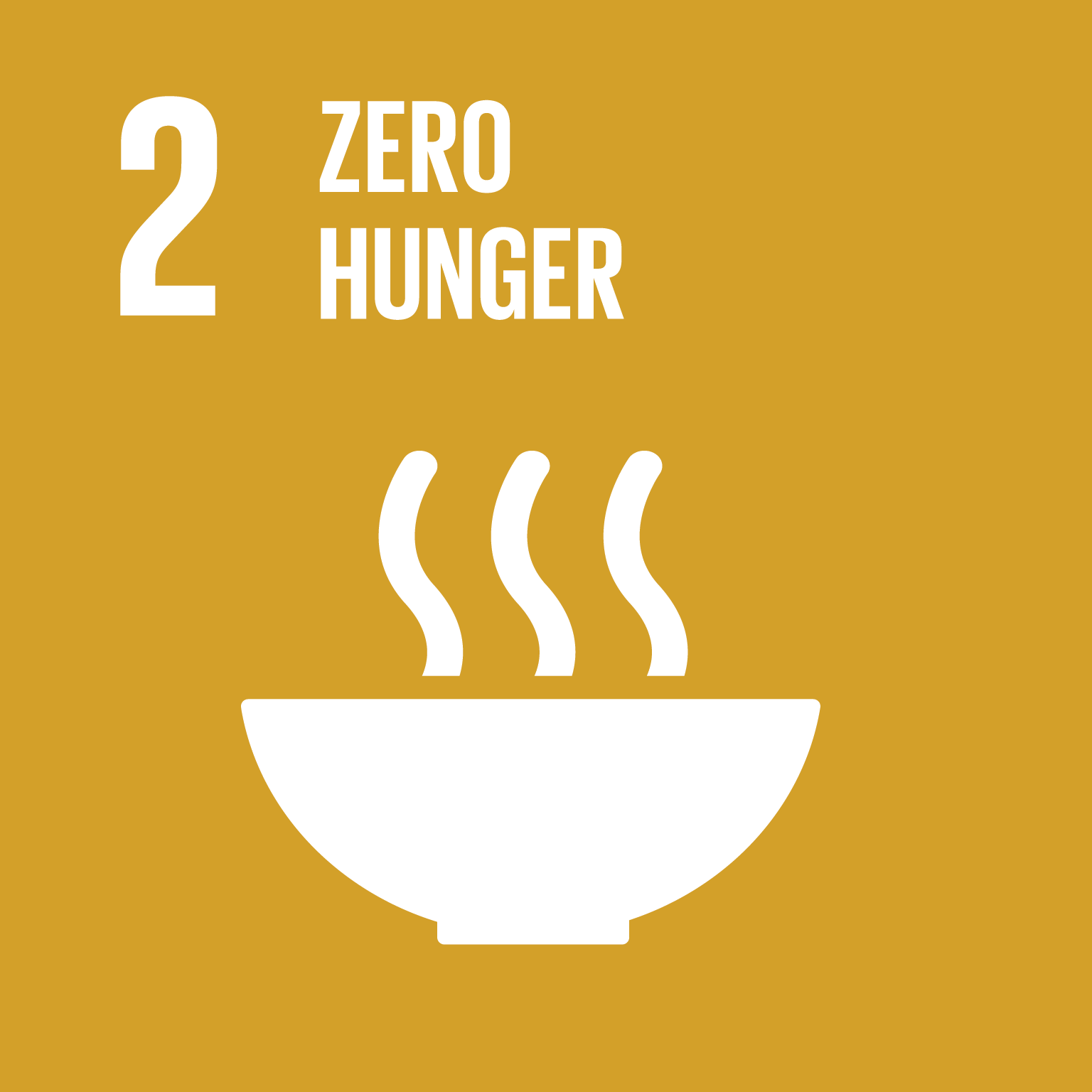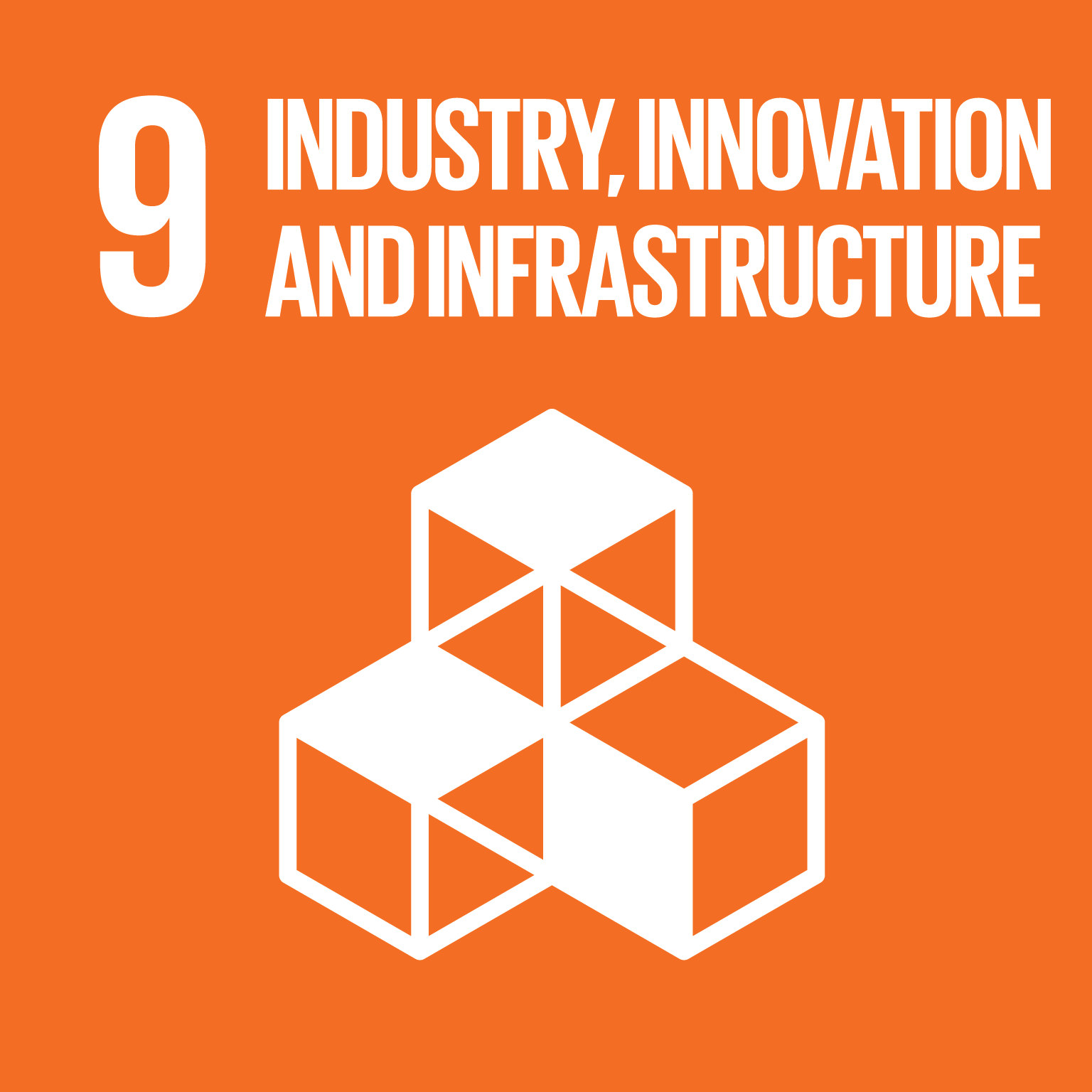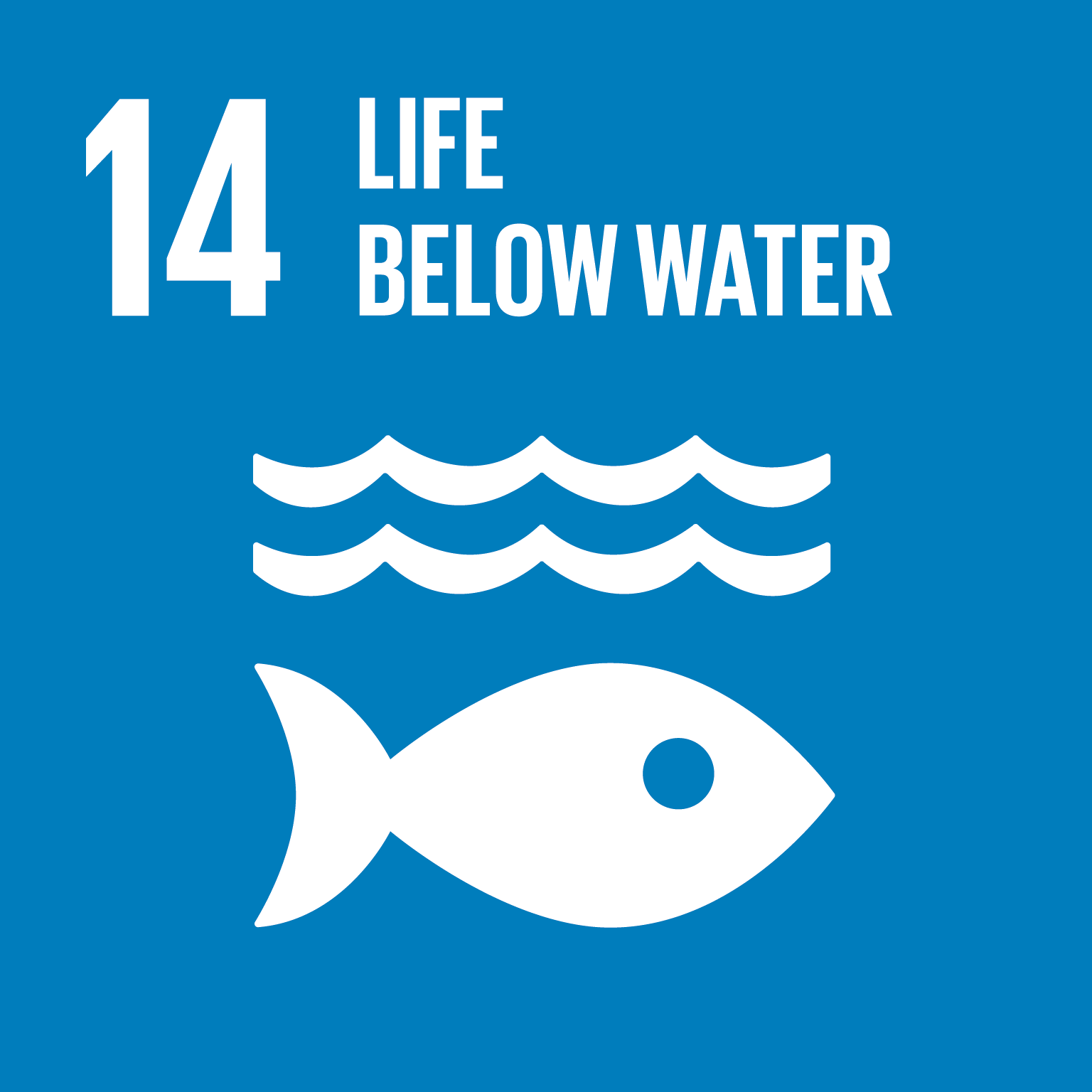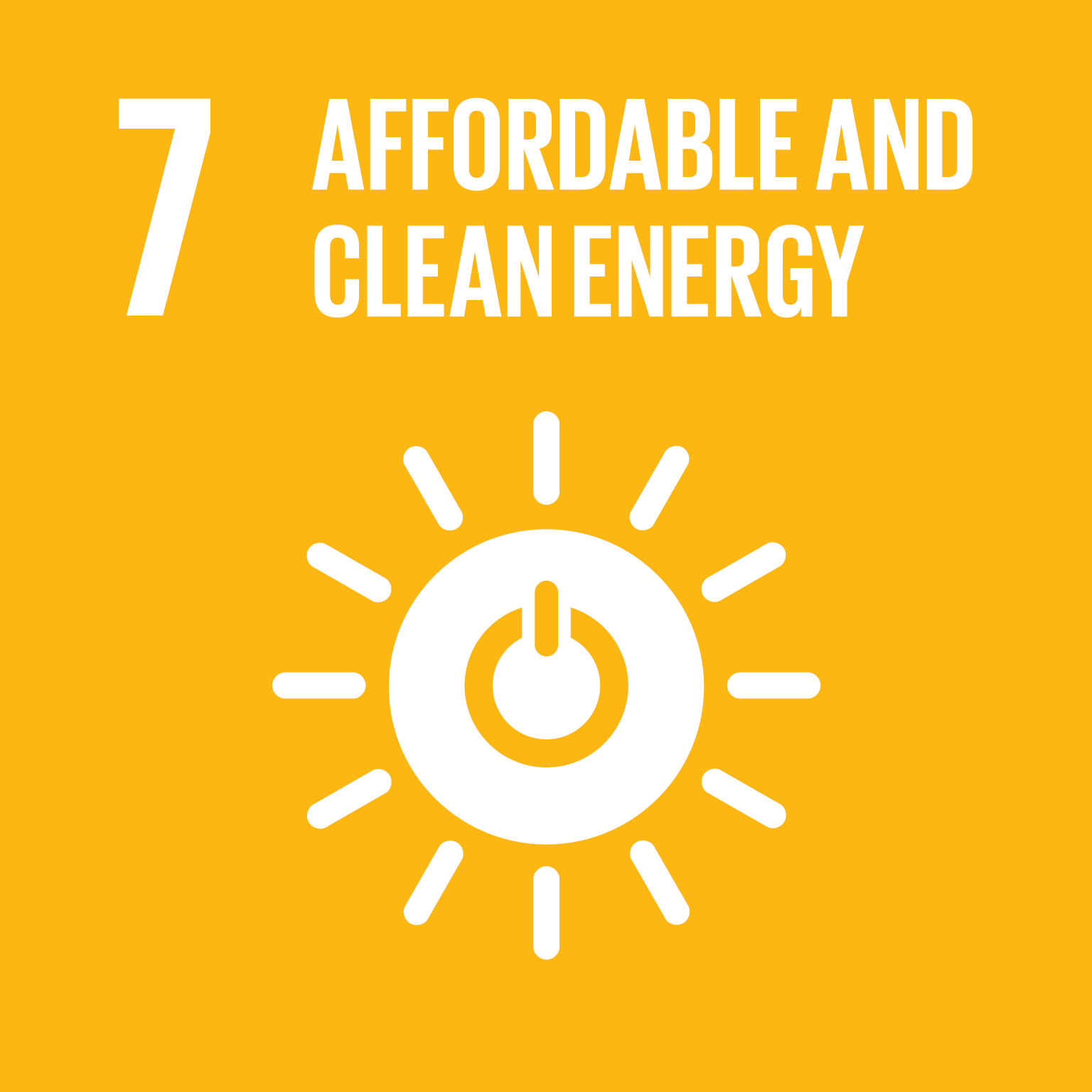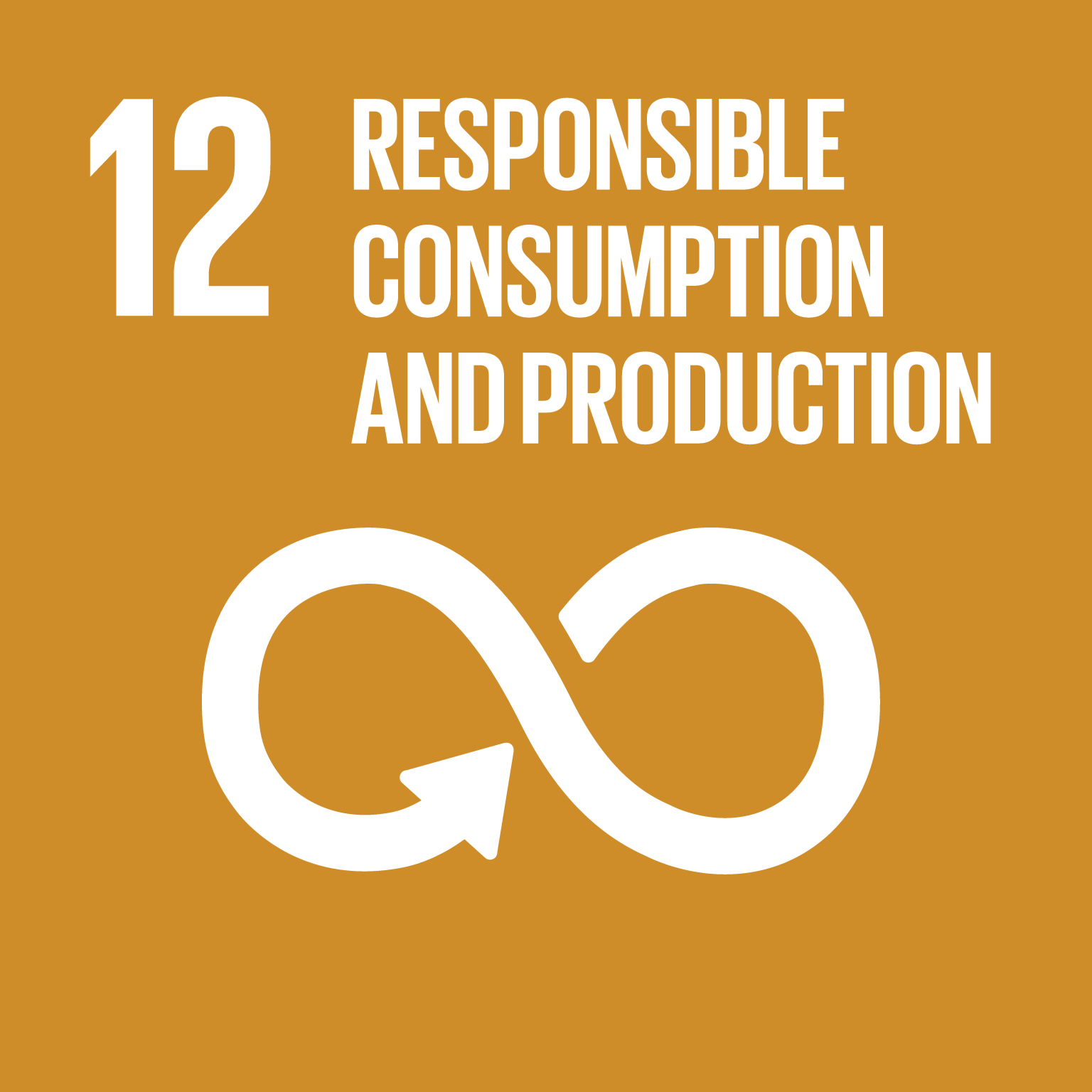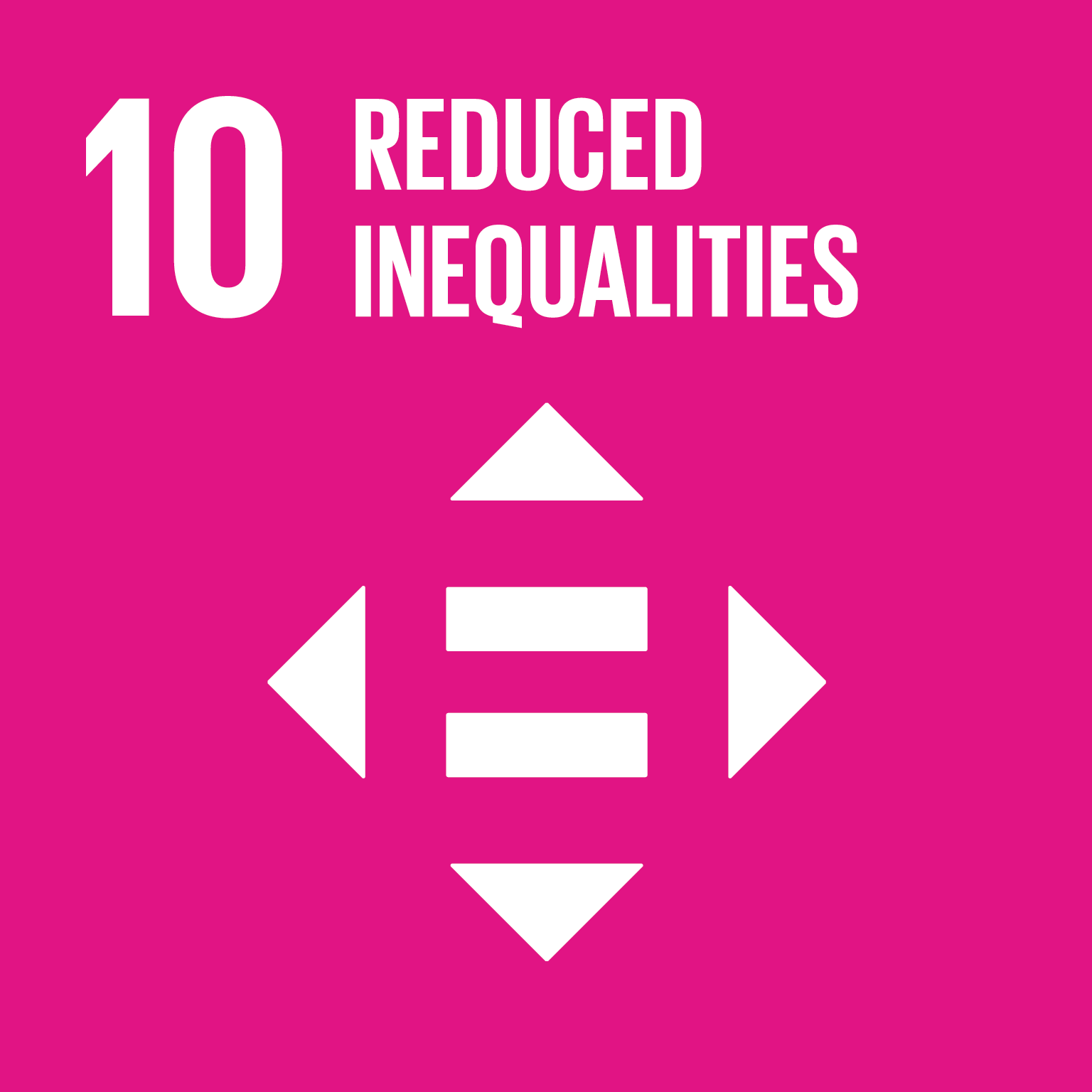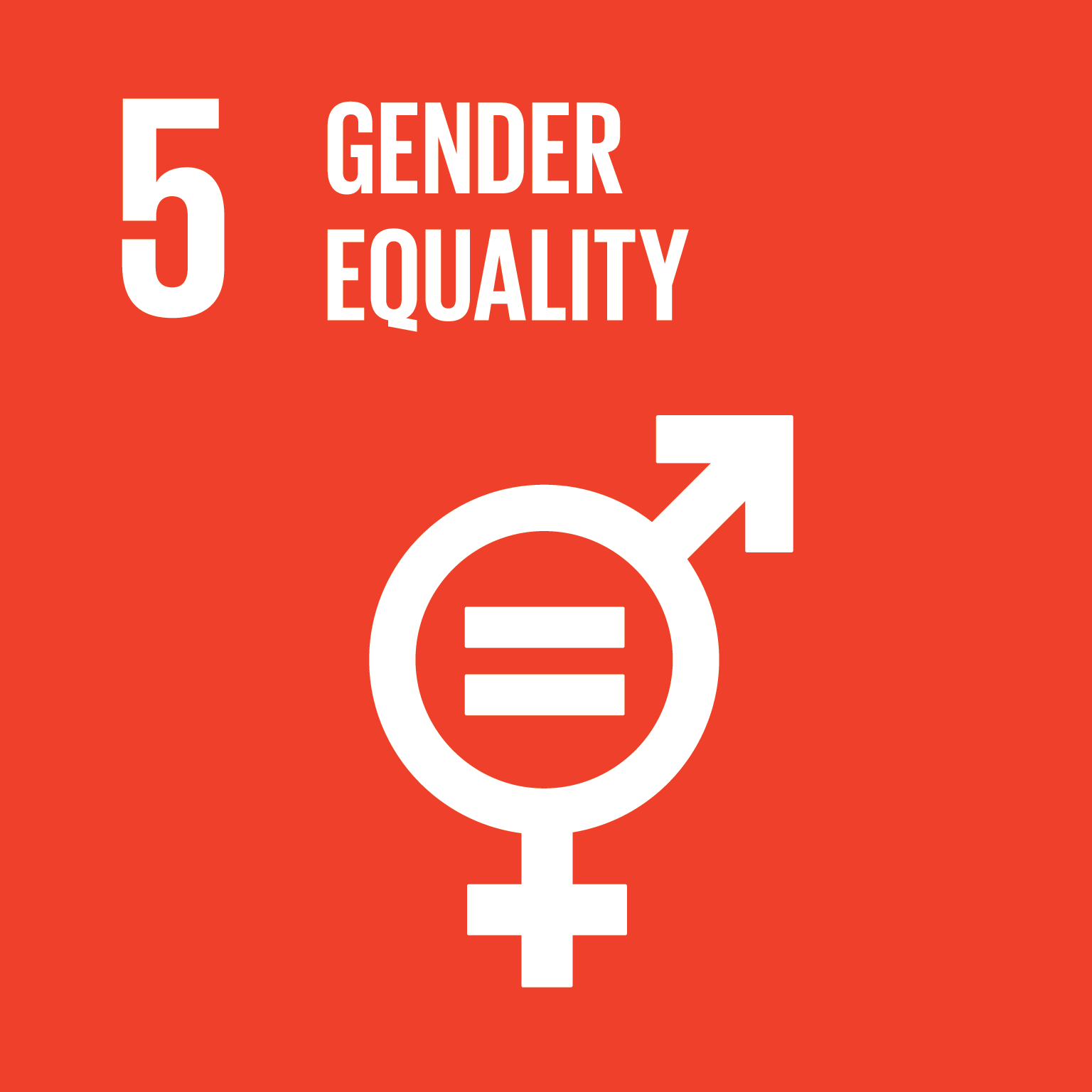Overview
Qatar's 2025 Voluntary National Review VNR shows significant progress on the 2030 Agenda for Sustainable Development, aligning it with the country's national vision and development strategy. The report is data-driven and highlights that Qatar has already achieved 82 Sustainable Development Goals (SDGs) indicators, with many others on track. The overall impression is one of steady momentum, with a growing "culture of sustainability". No goals are listed as "seriously off-track," but some, like renewable energy and recycling rates, need considerable scaling up. It showcases Qatar’s progress in social welfare, economic diversification, education, and environmental sustainability, while identifying remaining challenges such as data integration, climate adaptation, and private sector engagement in sustainable development.
Recommendations
- Deepen Whole-of-Society Engagement: Promote active participation of all sectors and inclusive involvement of vulnerable groups in SDG planning and decision-making.
- Accelerate the Green Transition: Advance renewable energy, circular economy, and environmental protection while enforcing climate and decarbonisation targets.
- Expand Local-Level Implementation Capacity: Strengthen local institutions and municipalities to effectively implement and monitor SDG initiatives.
- Mobilise Innovative SDG Financing: Leverage new financial tools and private sector investment to fund sustainable development priorities.
- Institutionalise Learning and Adaptive Governance: Use data-driven systems and continuous feedback to improve policies and ensure effective SDG outcomes.
- Enhance SDG Data Integration and Performance Tracking: Strengthen national statistical systems to systematically measure, monitor, and report progress across all 17 SDGs and 234 performance indicators. Qatar should provide transparent evidence detailing which of the 84 indicators have been achieved, alongside data-supported analyses of those still in progress. This will ensure greater accountability, facilitate peer learning, and guide policy adjustments towards the 2030 Agenda.
Conclusion
The 2025 VNR highlights Qatar’s strong progress on the SDGs, emphasizing data-driven, integrated governance and a nationwide “culture of sustainability” across government, business, and society. Institutional reforms and new data platforms support real-time monitoring and evidence-based policymaking. Internationally, Qatar demonstrates its commitment through conferences and aid pledges. Looking ahead, it plans to expand renewables, promote circular economy practices, empower communities with SDG data, and encourage whole-of-society participation. Overall, Qatar is largely on track to achieve its 2030 Agenda goals through innovation, inclusivity, and global partnerships.
